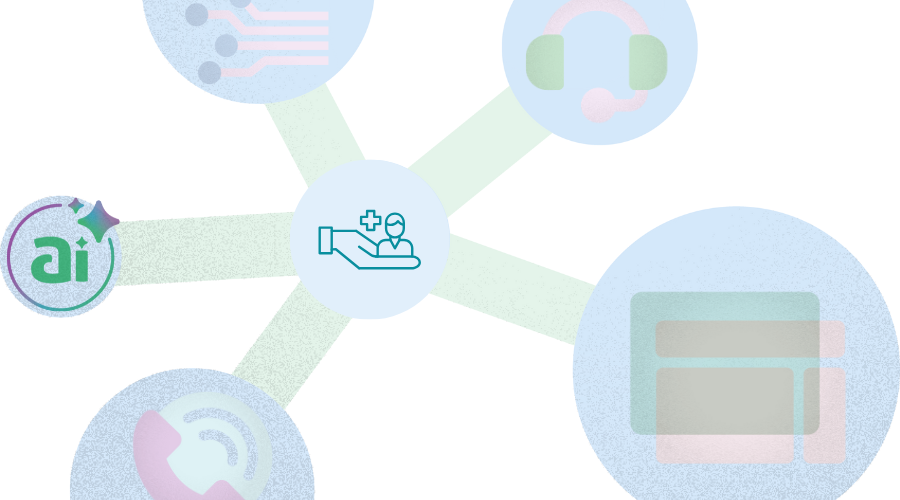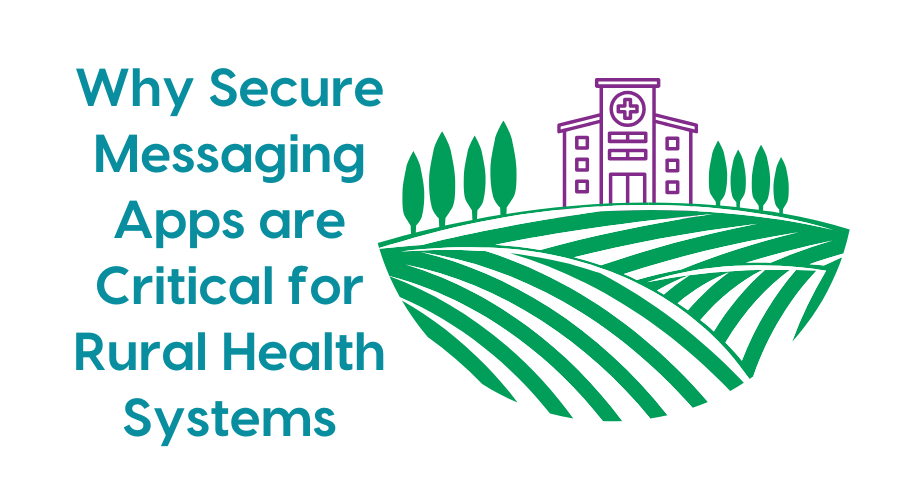Hospital readmission rates are a serious concern in the healthcare industry, and for good reasons. Readmission rates are an indicator of patient well-being, a hospital’s financial situation, and the overall quality of care provided by a system.
High readmission rates are often seen as a sign of poor-quality care. A patient returning to the hospital shortly after being discharged suggests that something went wrong during their initial stay or in the transition back home.
Hospital readmissions are incredibly costly for the healthcare system. The Centers for Medicare & Medicaid Services (CMS) has estimated the annual cost of readmissions to be billions of dollars.
Under the Affordable Care Act, CMS implemented the Hospital Readmission Reduction Program (HRRP) to penalize hospitals with higher-than-expected readmission rates. These penalties can result in a significant reduction in a hospital’s Medicare payments. This program is designed to incentivize hospitals to improve care coordination and reduce preventable readmissions.
For patients, an unplanned readmission is more than just an inconvenience; it can be dangerous and detrimental to their health. Patients who are readmitted may be at a higher risk of hospital-acquired infections or other complications.
Strategies to Reduce Hospital Readmissions
Hospitals employ a multi-faceted approach to reduce readmission rates, focusing on improving care quality and ensuring a smooth transition for patients from the hospital back to their homes or other care facilities. These strategies often involve a combination of process improvements, technology, and patient-centered care.
Enhanced discharge planning, patient education, and follow-up communication are arguably the most critical components of a readmission reduction program. Discharge planning should begin on the day of admission for a more thorough assessment of the patient’s needs. Discharge instructions need to be easy for the patient to understand by using plain language and avoiding medical jargon.
A pharmacist or nurse can review all of the medications the patient was taking before their hospital stay and compare them with new prescriptions to prevent errors, such as incorrect dosages or drug interactions. They then explain the purpose of each medication, how to take it, and potential side effects.
Post-discharge follow-up after the first few days of discharge is critical to preventing a patient’s readmission. A nurse, care coordinator, or even an AI agent can call the patient shortly after they are discharged to check on their recovery, answer any questions, and remind them of follow-up appointments and medication schedules.
[Related White Paper: Reducing Hospital Readmissions With Simple Post-Discharge Calls]
Communication Technology Supports Readmission Reduction Strategies
Communication technology is a key enabler for many of these strategies. Care team collaboration and secure messaging apps facilitate a patient-centered system while protecting patient data and reducing errors – a sticky note about a patient is much more likely to be difficult to read or misplaced.
Using digital tools lessens the occurrence of mistakes because there are built-in safeguards such as end-to-end encryption, integration with the hospital’s EMR, and reporting functions that keep a historical record of events – such as role-based messaging that ensures staff beginning their shift are aware of what has been happening with a patient. When a patient is discharged, that digital record is available for follow-up inquiries and updated each time contact is made with a patient.
Automated text messages, emails, and calls placed by an intelligent virtual agent can be used for reminders about medications, follow-up appointments, and key warning signs to watch for.
AI Agents for Post-Hospital Discharge Calls
AI telephone agents are used to make post-hospital discharge calls to help prevent readmission. This is a growing area of healthcare technology, and it’s driven by the need to scale an effective intervention (the follow-up call) without overwhelming human staff.
Calls made by intelligent virtual agents aren’t simple automated recordings. They are powered by sophisticated AI, including:
- Natural Language Processing (NLP): This allows the AI to understand and interpret what the patient is saying in a natural, conversational way.
- Speech Recognition: Enables the AI to accurately transcribe the patient’s spoken words into text.
- Generative AI: The AI creates a dynamic, human-like conversation, asking follow-up questions based on the patient’s answers, much like a human would.
- Sentiment Analysis: The AI can analyze interactions to determine the emotional tone behind the words that are used and classify conversations as positive, negative, or neutral, and transferring to a human operator if needed.
- Large language models (LLM): Provides the knowledge and awareness to the AI agent regarding how to interact with a caller and carry on an intelligent conversation
The process typically follows a structured script that can be customized for different conditions (e.g., heart failure, pneumonia, post-surgical recovery). Based on the patient’s answers, the AI assesses their risk level. If the patient reports a concerning symptom or expresses confusion about their care plan, the AI can immediately flag the case and alert a human care coordinator or nurse.
A robust post-discharge follow-up system is a cornerstone of any successful readmission reduction program. By extending care and communication beyond the hospital walls, healthcare providers can empower patients to manage their health more effectively, leading to better outcomes and fewer preventable readmissions.





